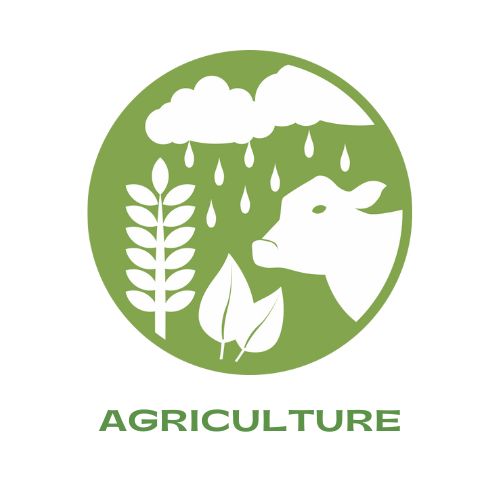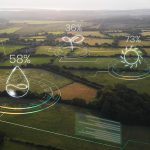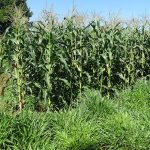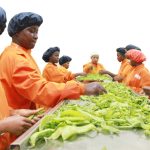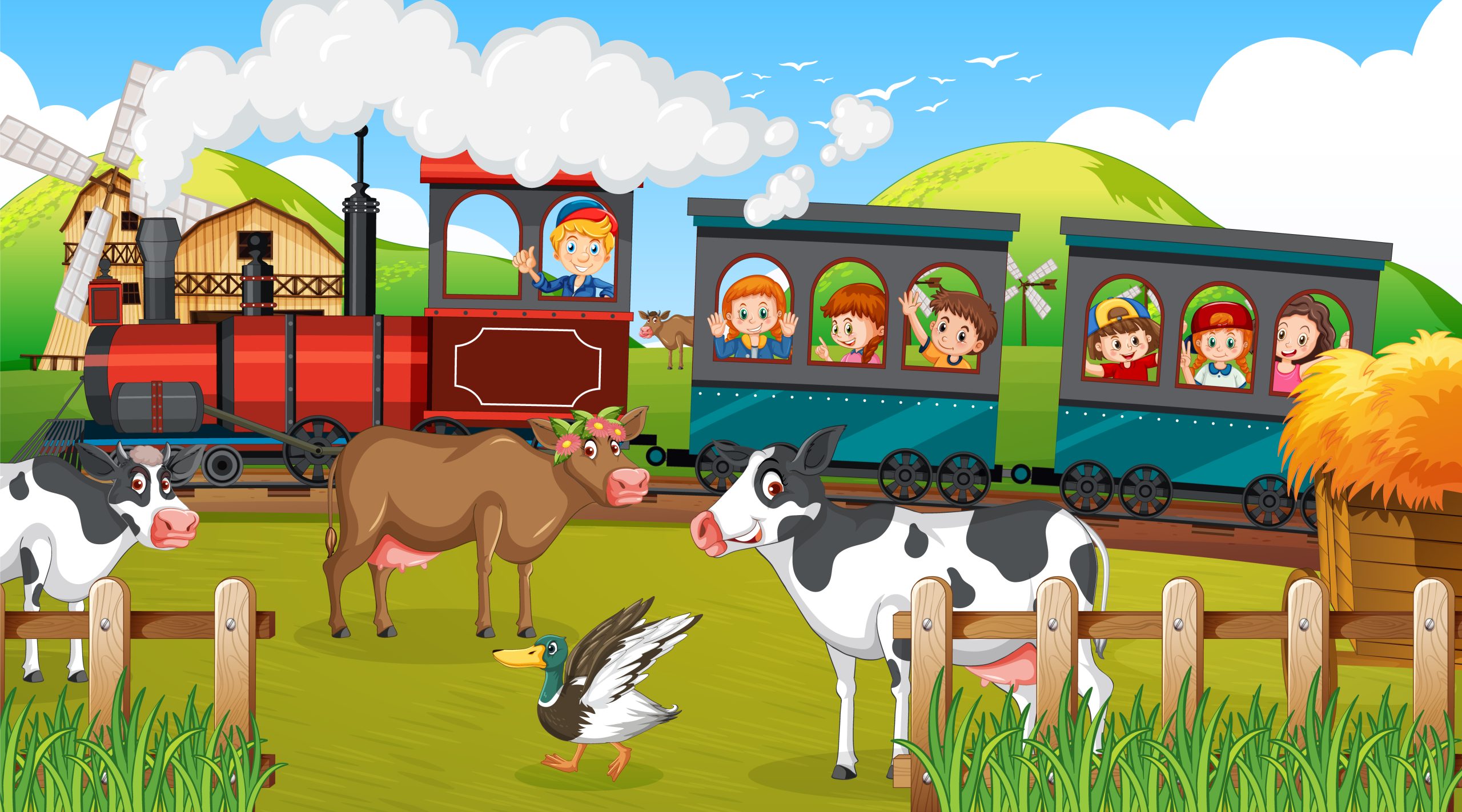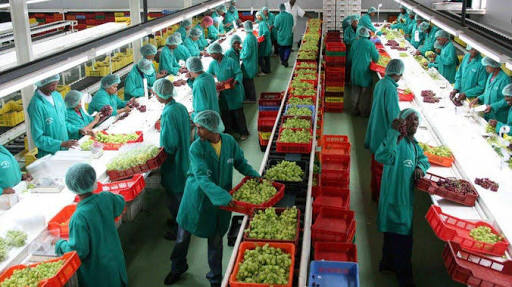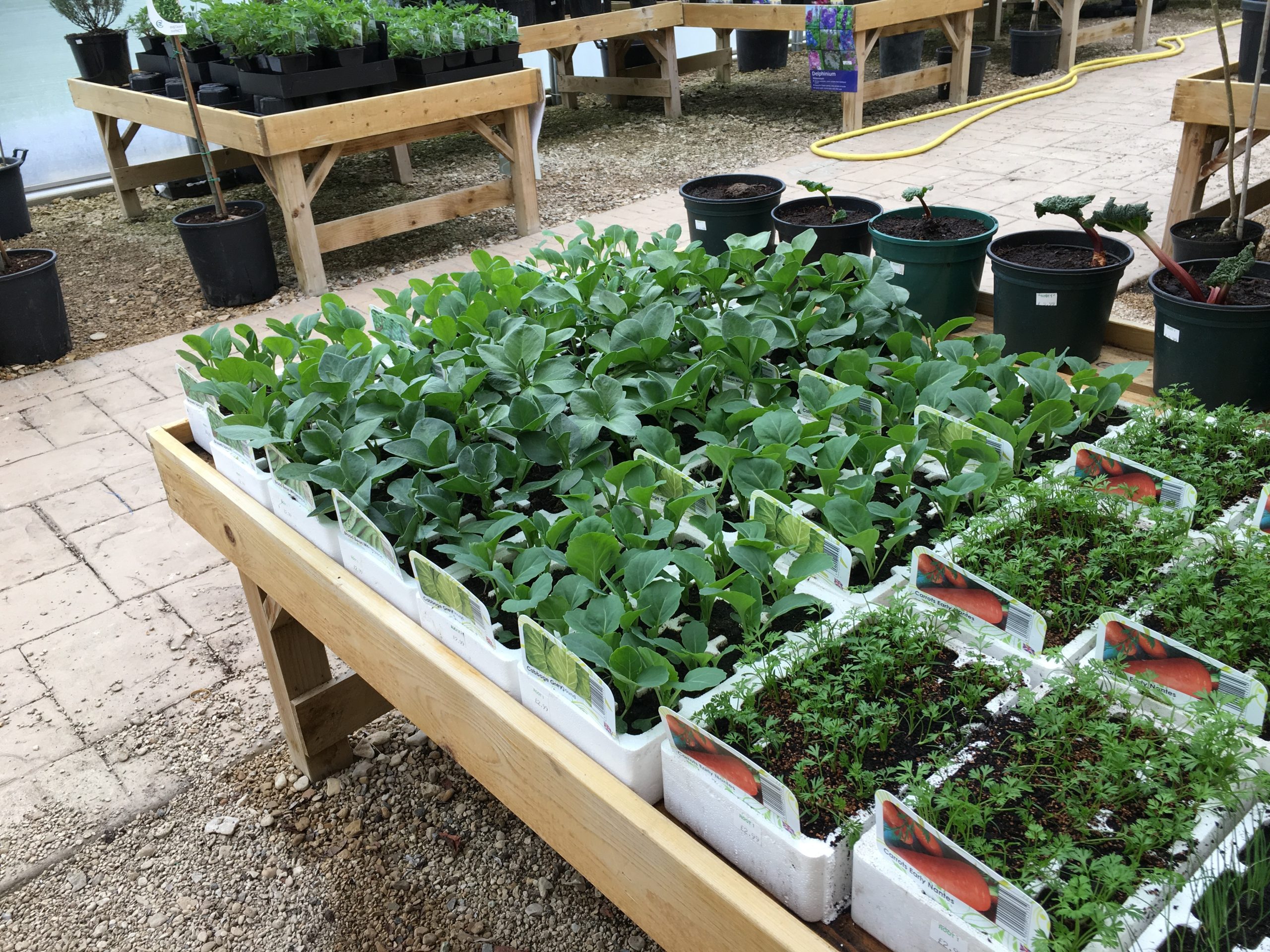Livestock farming is an integral part of Kenya’s economy and cultural heritage. As one of the largest livestock producers in Africa, Kenya has opportunities to grow this sector through improved productivity, value addition, and access to markets. However, challenges like climate change impacts, land constraints, and diseases affect farmer livelihoods. This comprehensive blog post analyzes the current state and future potential of Kenya’s dynamic livestock sector.
Introduction
Livestock provides food, income, and employment for millions of Kenyans, underpinning food security and economic growth. Cattle, sheep, goats, camels, pigs, and poultry are kept by farmers across diverse production systems. Nomadic pastoralism predominates in arid northern regions while small-scale mixed farming is common in central and western highlands. Large commercial ranches focus mainly on beef cattle. Overall, the livestock sector contributes 12-15% of Kenya’s GDP annually. However, fluctuating global prices, climate change impacts, and epidemics have led to slower growth recently. Significant potential exists to boost incomes and build resilience by enhancing production, promoting value addition, facilitating market linkages, and adopting supportive policies and technologies. This blog provides an in-depth look at major livestock categories, management practices, challenges and innovations shaping the sector.
Section 1: Livestock Farming in Kenya
Livestock keeping has long been integral to Kenyan culture and livelihoods. Cattle, sheep and goats were kept for food, trade and social status since ancient times. During colonialism, production patterns shifted as European settlers established commercial ranching while restricting indigenous herders to marginal lands. After independence in 1963, government efforts to develop the livestock sector focused on veterinary services, cooperative development and ranch infrastructure. Smallholders integrating livestock into crop farming continue playing a key role today.
Livestock provides food, income, farm inputs and social/cultural value across Kenya’s landscapes. Cattle produce milk, meat, manure and draft power. Small ruminants like sheep and goats can thrive on marginal lands. Camels are uniquely adapted to arid areas. Donkeys and poultry also offer important livelihood support. Livestock-derived foods provide income both through informal milk trade and export of meat products. Overall, an estimated 70% of Kenya’s livestock is found in small-scale production systems while 30% is on commercial ranches and feedlots. Sustainably developing this diverse sector remains crucial for rural development and food security.
Section 2: Market Overview
Kenya’s livestock sector was valued around Ksh. 150 billion in 2019, with a compound annual growth rate of 4% in recent years. The cattle population is estimated at 20 million heads. Kenya has the largest number of sheep and goats in Africa at over 50 million. The country produces 8 billion liters of milk annually, largely from cattle. Poultry farming, particularly for eggs and meat, is also a major enterprise. Key players in the market include millions of small-scale farmers, commercial ranchers, input suppliers, livestock traders, slaughterhouses, dairy processors, tanneries, and food retailers. Veterinary service providers and government regulators like the Kenya Veterinary Board also play a critical role.
Livestock and products comprise around 4% of Kenya’s GDP while employing over 50% of agricultural labor. These figures indicate the substantial economic and social impact of the sector. However, productivity remains below potential for smallholders due to challenges like poor animal health, limited feeds, ineffective extension services, and inadequate market linkages. Addressing these constraints while also mitigating climate change impacts will be crucial to optimize livestock farming’s contribution to national development.
Section 3: Major Livestock Categories
Cattle: Dairy cattle are the most important livestock species, providing milk, meat, income and farm inputs. Milk production has expanded through smallholder intensification around urban centers supplied by improved breeds like Friesian and Ayrshire cattle. However, most rural farmers keep low-producing zebu cattle valued for hardiness. Upgrading local breeds through artificial insemination can enhance productivity and herders’ livelihoods. Beef cattle production is also increasing, buoyed by demand within Kenya and the Middle East. However, optimal feeds, breeding, and animal health management are essential to improve growth, fertility and meat quality.
Sheep and Goats: These small ruminants are important for livelihoods in arid and semi-arid lands. Their browsing feeding habit allows them to thrive on shrubs and grasses other livestock cannot consume. Meat, milk and hides provide food and income for pastoralist communities while also supplying growing urban demand. Crossbred varieties like the Red Maasai sheep offer higher productivity. Better management of breeding, nutrition, health and marketing can significantly enhance the value of small ruminants. They offer major untapped potential for commercialization.
Poultry: Commercial poultry farming around Kenya’s cities has expanded rapidly in recent years, driven by surging demand for eggs and meat. Layers, broilers and indigenous chickens provide vital income even for rural smallholders. However, high-producing exotic breeds require intensive feeding and health management. Affordable quality feeds, vaccines and technical advice are essential for small-scale poultry farmers to succeed. Expanding production sustainably will rely on balanced policies, training programs and private sector partnerships.
Section 4: Livestock Management Practices
Optimal livestock management is essential to enhance productivity, food security and incomes for Kenya’s diverse farmers. For pastoralists, practices focus on strategic grazing management and mitigating droughts through herd optimization, mobility and dry season feeding. Smallholder mixed systems integrate fodder crops, rotational grazing and stall feeding during the cropping season. Commercially, ranchers emphasize improved breeds, supplements, vaccines and mechanization. Key for all is access to extension advice, quality feeds, health services and markets.
Sustainable practices are gaining attention, including well-managed grazing regimes that both improve pasture quality and sequester carbon. Integrating multipurpose feed and fodder trees also enhances productivity while reducing environmental impacts. There is growing emphasis on breeding for disease resistance and climate resilience within indigenous stock. Overall, livestock present opportunities for climate change adaptation and mitigation if managed properly. Realizing this potential relies on research, training, incentives and supportive policies tailored for Kenya’s varied pastoral, smallholder and commercial systems.
Section 5: Challenges and Constraints
Kenya’s livestock farmers face interlinked challenges related to environmental conditions, inadequate inputs and services, and market constraints. Key issues include climate change, recurrent droughts, shrinking grazing lands, and rampant diseases. Lack of affordable quality feeds and animal health services also undermine productivity. Weak collection infrastructure, poor market access and exploitative brokers hinder profitability. Smallholder farmers struggle most acutely with these complex challenges.
Specifically, impacts of climate change like hotter temperatures, unpredictable rains and degraded rangelands directly threaten pastoral systems. Lack of insurance and social protection worsens vulnerability. Disease epidemics like Rift Valley Fever, Contagious Bovine Pleuropneumonia and African Swine Fever cause repeated crises. Ticks, worms and vectors thrive in warmer conditions. At the same time, limited extension outreach hampers dissemination of improved practices. Smallholders face competition from inexpensive imports while exporters struggle with complex regulations. Resolving these persistent challenges is crucial for optimizing the livestock sector’s contribution to national development.
Section 6: Technological Advancements
In recent years, innovative technologies are creating new opportunities to address livestock farming challenges across production, health management and marketing. Advanced digital tools allow tracking of individual animals’ genetics, diet, health treatments, and product output. Real-time data facilitates predictive analytics to guide management decisions. Digital platforms like CowoMo are connecting farmers to vets, buyers and other services. Cold chain infrastructure is expanding, allowing smallholders access to distant niche markets for milk and meat. Solar-powered milk chillers are reducing post-harvest losses. Fodder production is being mechanized in some areas through bailers and hydroponics. While smallholders have limited technology access currently, falling costs and business model innovation can potentially expand access rapidly. Overall, purposeful development and deployment of appropriate technologies provides a pathway for Kenya’s livestock sector to leverage promising innovations for higher productivity and resilience.
Section 7: Government Policies and Initiatives
The Kenyan government outlines livestock development goals in key policy documents like the Kenya Vision 2030, Big Four Action Plan, and National Livestock Policy. Efforts aim to enhance food security and incomes through increased production, value addition and marketing. Specific programs provide subsidies for inputs like livestock breeding stock, vaccines and feeds. Other initiatives aim to develop cooperatives for collective breeding, marketing and processing. The Kenya Dairy Board promotes smallholder-inclusive dairy development. The Kenya Meat Commission regulates beef markets and exports. Counties are also promoting disease-free zones, livestock sale yards and slaughterhouse infrastructure through devolution.
However, policy implementation across national and county levels requires more coordination. Investments in extension outreach, animal health services, breeding programs and climate adaptation remain inadequate. Weak regulation allows unchecked importation despite risks. Clearer priorities, monitoring frameworks and public-private collaboration can optimize government programs to develop the livestock sector. Overall, political commitment exists but translating policy into tangible progress will rely on strategic investments and multi-stakeholder partnerships.
Section 8: Value Chain and Processing
Kenya’s livestock value chain offers major income growth potential through value addition and agribusiness development. Currently, the vast majority of products like milk and meat are marketed informally raw soon after production. However, growing urban demand and regional trade opportunities are spurring processing enterprises. Milk is being transformed into yoghurt, cheese, powdered milk and other products by companies like Brookside, Sameer and Meru Central Dairies. Frigoken, Farmers’ Choice and other firms are expanding poultry processing capacities. Meat processing, though still limited, is professionalizing through entities like Farmer’s Choice.
More growth in value addition faces challenges like irregular input supply, inadequate infrastructure, high energy costs, and complex regulation. Lack of standards also undermines quality. However, strengthening collection networks, providing technical support, and facilitating affordable finance can foster small and medium processors. Ultimately, well-developed value chains connecting producers to markets through sustainable enterprises provide a pathway for shared value. Kenya’s livestock diversity and growing demand present huge opportunities for job creation through livestock agribusiness.
Section 9: Market Access and Trade
Developing livestock market access is crucial for optimizing Kenya’s competitive advantage and enhancing incomes. Domestically, informal raw milk sales dominate while beef and small ruminant meat mostly trade through local butcheries and kiosks. However formal supply chains are evolving, connecting producers to supermarkets and restaurants. Exports focus on beef, accounting for 16% of production and mainly destined for the Middle East and Africa. But complex veterinary regulations limit export potential despite excess supply. Kenya also imports large dairy and poultry shipments, undercutting local production.
Regional markets present another growth avenue, enabled by the East African Community common market protocol. But non-tariff barriers still impede regional livestock trade. More harmonized policies, standards and procedures can optimize regional commerce. Overall, well-managed trade has potential to enhance food security and earnings. But this requires balanced policies and investments to ensure safe trans-boundary disease control while also facilitating smooth exports for farmers seeking income growth.
Section 10: Sustainable Livestock Farming
Sustainability is essential for the long-term viability of Kenya’s livestock sector. Climate-smart practices enhance productivity while also building resilience and reducing environmental harm. Sustainable land and pasture management can also mitigate greenhouse gas emissions and increase carbon sequestration in rangelands. Efficient water use, animal waste management and agroforestry integration are other important practices. Sustainable livestock intensification can optimize productivity on existing lands through improved feeds and breeds rather than by expanding grazing areas and encroaching on wildlife habitats. Animal welfare and ethics are also growing concerns, addressed through disease prevention, reduced transport distances, and humane slaughter. Overall, sustainable livestock production will rely on continued research, training, consumer awareness and appropriate technologies.
Section 11: Success Stories and Case Studies
The following cases showcase livestock farmers implementing promising practices and overcoming challenges:
Heifer Project International: Their programs provide improved dairy cattle, training and market linkages to smallholder farmers, increasing incomes by 3-5 times.
Twiga Foods: Connects small poultry and dairy producers to markets via a digital supply chain, increasing sales 30%.
Michelle Abuto: This young entrepreneur uses indigenous free-range chickens and manages production, processing and restaurant supply for premium niche markets.
Danger Ranch: This commercial operation utilizes supplementary feed, top genetics and intensive health management to achieve outstanding performance in beef cattle.
These examples validate how innovations in production, breeding, technology use, and marketing can create sustainable and scalable livestock farming businesses that benefit farmers.
Section 12: Future Trends and Opportunities
Kenya’s livestock industry is poised for strong growth into the future based on rising demand, trade potential and a vibrant entrepreneurial ecosystem. Urban consumer preferences for animal proteins and value added products present market opportunities. Export competitiveness can be strengthened with the right investments and policies. Digitization and agribusiness partnerships are areas of innovation. Sustainability efforts can also bolster productivity and environmental integrity. Overall, Kenya’s success will rely on integrated strategies enhancing production, health, marketing, and value addition across varied farming systems. The future is bright to leverage Kenya’s high livestock numbers into higher productivity and profitability benefitting millions of livestock keepers.
Conclusion
Kenya’s livestock sector has long been the backbone of rural food security, livelihoods and cultural identity. Optimizing its future contribution will rely on enhancing productivity, value chains, market access, technologies and sustainability across production systems. With appropriate policies, strategic investments and partnerships, the opportunities are substantial for income growth, job creation, food security and agricultural transformation. But persistent challenges related to environmental conditions, animal health, feeds and markets must be addressed. This will require comprehensive efforts embracing research, training, infrastructure, business innovation and supportive government policies. Kenya is well positioned to thrive in livestock production well into the future if the potential of this dynamic agricultural subsector is harnessed strategically.
References
- Government of Kenya. “National Livestock Policy.” Ministry of Agriculture, Livestock and Fisheries. 2019.
- Kenya National Bureau of Statistics. “Economic Survey 2022.” Nairobi, Kenya 2022.
- Mwangi, Gibson. “New Technologies Offer Livestock Farmers Options.” Business Daily Africa. February 2022.
- Ochieng, Justus. “Sustainable Livestock Intensification in Kenya: Status, Challenges and Opportunities.” Food and Agriculture Organization of the United Nations. 2017
- Odero-Waitituh, Joseph. “Smallholder Poultry Production in Kenya; Industry Characterization, Challenges and Opportunities.” African Journal of Agricultural Research, 2017.
- Oyieng, Rawlance. “How Kenya Can Transform the Livestock Sector.” The Elephant. June 2019.
- World Bank. “Kenya Economic Update: Securing Future Growth – Policies to Support Kenya’s Digital Transformation.” April 2021.

